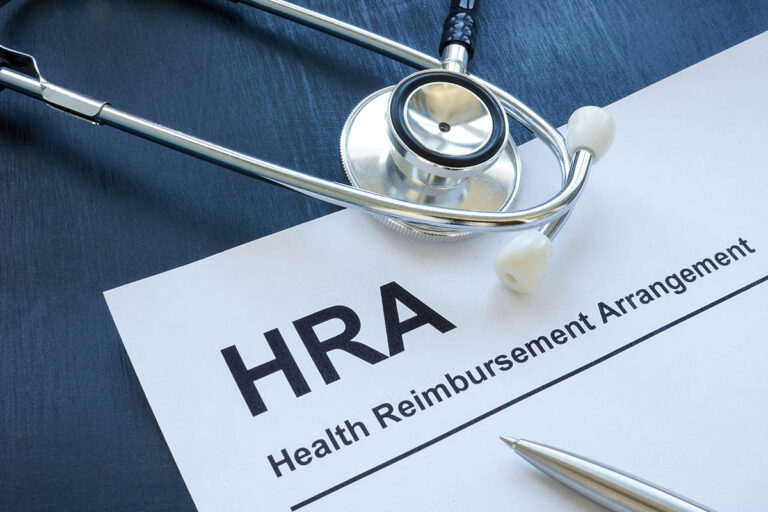On Sunday, October 5, 1986, my father passed away from a heart attack at age 49. That was his last in a series of major and minor cardiac events. I was 21 years old when he died. At the time, I perceived my father to be old (as do most children). Now, at age 54, it’s an odd perspective to look back at my father’s passing, reflect on where he was in his stage of life and career, and consider his outlook on the future.
My family has a history of heart disease and my father was no exception. As an engineer for General Electric, he worked long, hard hours and traveled frequently. Physical activity, nutrition and doctor’s visits were not high on his priority list. I call this attitude the “I feel fine so I must be fine” mentality. He enjoyed eating the crispy skin off the Thanksgiving turkey, fat from a steak and ladles of cream sauces—all the good-tasting stuff that was loaded with calories, fat, cholesterol and sodium.
When my father had his first heart attack, the doctors found he had extremely high blood pressure and major blockages in all four of his arteries. By that time, too much damage had been done to his heart and there was nothing they could do for him. Still, my father started eating better, took up golf, spent less time at work and focused on reducing his stress. He passed away about a year after his initial diagnosis.
During his lifetime, 1937 to 1986, my father simply didn’t realize the consequences of his diet, lack of exercise and stress from work. The internet wasn’t mainstream yet, and he wasn’t faced with social media.
Worksite wellness programs did not exist in the 80s.
But in the last decade, as healthcare costs have increased and employers continue to pay for health insurance, corporate wellness programs have increased in popularity. Wellness programs, run by employers and sometimes insurance carriers and specialized benefits brokers, promote health and fitness among employees. Many employers developed corporate wellness programs that offer incentives, such as premium discounts, cash, gym and fitness memberships and more.
These programs often include a biometric screening, a checkup that includes measuring height, weight and body mass index (BMI), and taking blood to measure blood glucose and cholesterol. It helps to determine if people are at risk for chronic conditions, such as high blood pressure or diabetes, and it could help lower health insurance premiums. Programs also often include challenges to help employees de-stress, get active, eat healthier and get screened.1
Employers want to help staff get healthy because it can save all parties’ money on healthcare costs and, in turn, insurance premiums, which continue to rise. Large employers estimate costs will increase by around 6 percent in 2020; smaller employers could see steeper increases.2 A worksite wellness program can help cut down on employee absenteeism, boost morale and make employees more productive and keep them happier and at work longer. Worksite wellness programs can identify health issues before they produce symptoms—which could have a big impact on your overall health.
Such a thing wasn’t around to steer my father toward healthier choices. Now, health and wellness is a much larger focus for employers and employees.
But still, some of us need a little help getting there.
When I was young, I felt indestructible. I had a high metabolism and didn’t gain weight no matter what or how much I ate. The good news: I was physically active in soccer, aerobics, long-distance running, weight lifting, competitive Taekwondo and many other activities. The bad news: my diet was significantly less than stellar. It wasn’t unusual for me to have fast food for breakfast, lunch, dinner and a late-night snack all in the same day. I inherited my father’s “I feel fine so I must be fine” mentality.
At age 35, I finally visited my doctor for an annual physical, and the results were not good. My total cholesterol was high; my HDL (“good” cholesterol) was low and my LDL (“bad” cholesterol) and triglycerides were high. I was also diagnosed with hypothyroidism. While this was an “Aha!” moment, I should have seen it coming. I knew that I had a family history of high cholesterol and most men on my father’s side of the family died young from cardiac-related causes. But, “I felt fine so I must be fine.”
My doctor prescribed cholesterol and thyroid medication. I began to focus on nutrition and continued to be physically active. After one year, my numbers started to improve, but even now I still have work to do. Progress, not perfection.
These conditions may take years to produce symptoms but are still causing damage. This is why it’s so important to focus on preventive measures—like the free biometric screening so many corporate wellness programs offer—to manage a disease before it has the chance to cause a major medical event.
Seeing first-hand the impact of how an undiagnosed heart condition affected my father’s health helps me stay focused on wellness. In every wellness program participant, I see someone whose life can be positively impacted. I often reflect on what would have happened if my father’s company had a wellness program. Knowing him, he would be one of those people who wouldn’t want to participate. Because he was too busy. Because he didn’t have the time. Because it didn’t make sense; he “felt fine.” Because it was his choice how he managed his health, not the company’s.
While all of this may be true, I think that if he had participated in a wellness program, gotten his blood work done and learned about his high blood pressure and high cholesterol before he had a heart attack, he would still be here today.
These are the reasons why you should join your worksite wellness program. So I ask you, what’s the downside of participating?
1Healthcare.gov, “Wellness Programs.”
2SHRM, “Employers’ Health Costs Could Rise 6% in 2020.”





